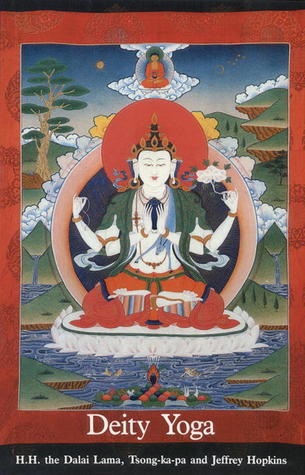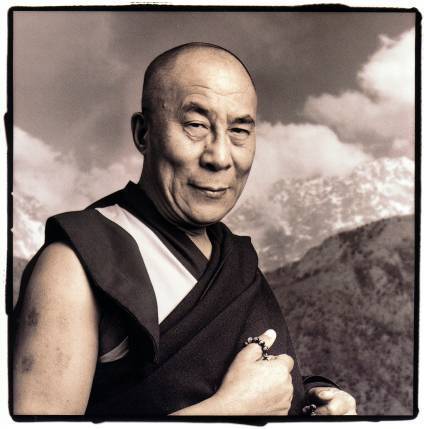
Deity Yoga describes the profound process of meditation in Action and Performance Tantras. It is composed of three parts: Heart of Mantra by the Dalai Lama is a lucid exposition of the meditative rites of deity yoga—the distinctly tantric process in which yogis visualize themselves in the form of a Buddha's divine body as a manifestation of compassionate wisdom. The Great Exposition of Secret Mantra, parts 2 and 3 by Tsong-ka-pa, details the practices of Action and Performance Tantras. Special deity yoga techniques for the development of the heart, mind, and physical form of a Buddha are presented in a coherent series of yogic exercises. The mudras (hand gestures) that accompany the meditations are clearly illustrated. A supplement by Jeffrey Hopkins outlines in detail the structure of Action Tantra practices, as well as the need for the development of special yogic powers. This work forms the basis of higher tantric practices and explains the meditative rites of deity yoga. It is the sequel to Tantra in Tibet and is part of the "Wisdom of Tibet" series published under the auspices of the Dalai Lama, each volume of which has been specially chosen by His Holiness as revealing a true oral tradition.
Author

Jetsun Jamphel Ngawang Lobsang Yeshe Tenzin Gyatso (born Lhamo Döndrub), the 14th Dalai Lama, is a practicing member of the Gelug School of Tibetan Buddhism and is influential as a Nobel Peace Prize laureate, the world's most famous Buddhist monk, and the leader of the exiled Tibetan government in India. Tenzin Gyatso was the fifth of sixteen children born to a farming family. He was proclaimed the tulku (an Enlightened lama who has consciously decided to take rebirth) of the 13th Dalai Lama at the age of two. On 17 November 1950, at the age of 15, he was enthroned as Tibet's ruler. Thus he became Tibet's most important political ruler just one month after the People's Republic of China's invasion of Tibet on 7 October 1950. In 1954, he went to Beijing to attempt peace talks with Mao Zedong and other leaders of the PRC. These talks ultimately failed. After a failed uprising and the collapse of the Tibetan resistance movement in 1959, the Dalai Lama left for India, where he was active in establishing the Central Tibetan Administration (the Tibetan Government in Exile) and in seeking to preserve Tibetan culture and education among the thousands of refugees who accompanied him. Tenzin Gyatso is a charismatic figure and noted public speaker. This Dalai Lama is the first to travel to the West. There, he has helped to spread Buddhism and to promote the concepts of universal responsibility, secular ethics, and religious harmony. He was awarded the Nobel Peace Prize in 1989, honorary Canadian citizenship in 2006, and the United States Congressional Gold Medal on 17 October 2007.